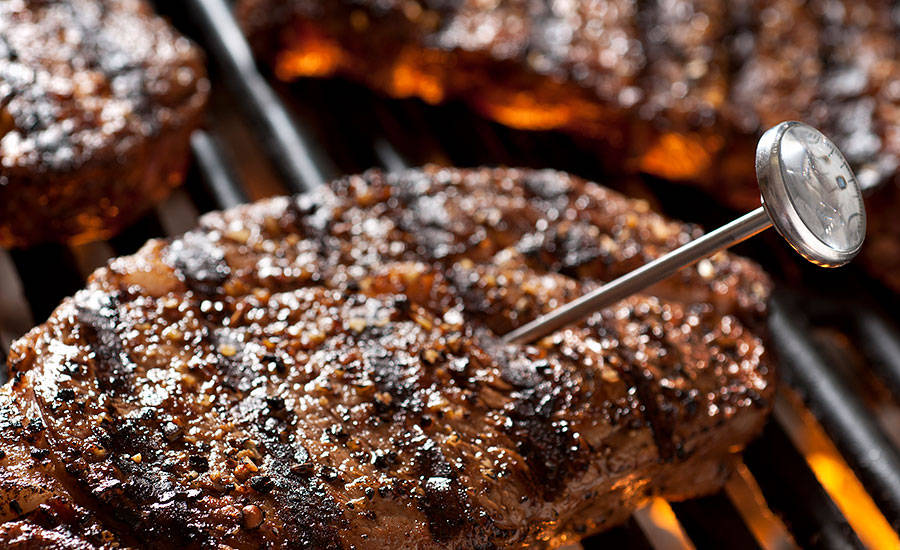In recent years, there has been a substantial decrease in the number of E. coli O157:H7 illnesses linked to contaminated ground beef. As a result, there has been a significant decrease in the number of lawsuits filed by consumers relating to E. coli O157:H7 illnesses. Although this is good news, E. coli can still cause serious health consequences. Now, with decades of experience managing ground beef E. coli claims, we explore briefly how these cases are typically valued.
Every package of raw ground beef carries a federally mandated safe-handling label warning consumers that, although “inspected and passed” by USDA, the product may nevertheless contain bacteria that could cause illness if improperly handled or cooked. In turn, when E. coli makes someone sick, the primary defense is the consumer failed to handle or cook the product properly. Put another way, if the safe-handling instructions had been followed, the consumer would not have gotten sick.
These defenses typically work well in cases where the plaintiff is a well-educated young adult, is aware of the risks, acknowledges he read the safe-handling label and admits under oath he undercooked the product regardless (because, for instance, he was in a hurry or likes his burgers rare). Typically, if the plaintiff was only hospitalized for a few days and recovered completely, a jury would agree the plaintiff should bear the majority of fault.
The competing scenario is much different. If, for instance, the plaintiff was a 3-year-old girl, and the meal was prepared by her mother who was rushing to make dinner after work, then a jury would be less inclined to blame the family. This is especially true in cases where the injury suffered by the child was very serious, requiring weeks of hospitalization. In some of these cases, these children can develop acute renal failure and, if it lasts long enough (typically more than 10 days), they may suffer from permanent kidney damage initially requiring kidney transplants and eventually lifelong dialysis.
When that happens, the cases become far more difficult to defend. Although defense lawyers can blame the mother who prepared the meal, plaintiffs’ lawyers will argue that: 1) the parent believed she properly prepared the food; 2) the food became re-contaminated after cooking through no fault of the parent; 3) it takes only 10 cells to cause illness (whereas 250,000 can fit on the head of a paperclip); and 4) contaminated raw ground beef is adulterated. In those cases, the majority of juries would likely vote in favor of the family.
The bottom line is: When contaminated products are sold, we cannot predict how they will be used or who they will make sick. Thus, we need to continue to be diligent in producing as safe a product as possible. And, while we can’t predict the value of the cases we might face following a food safety failure, we do know the value of a foodborne illness case that never occurs is zero. NP






Report Abusive Comment